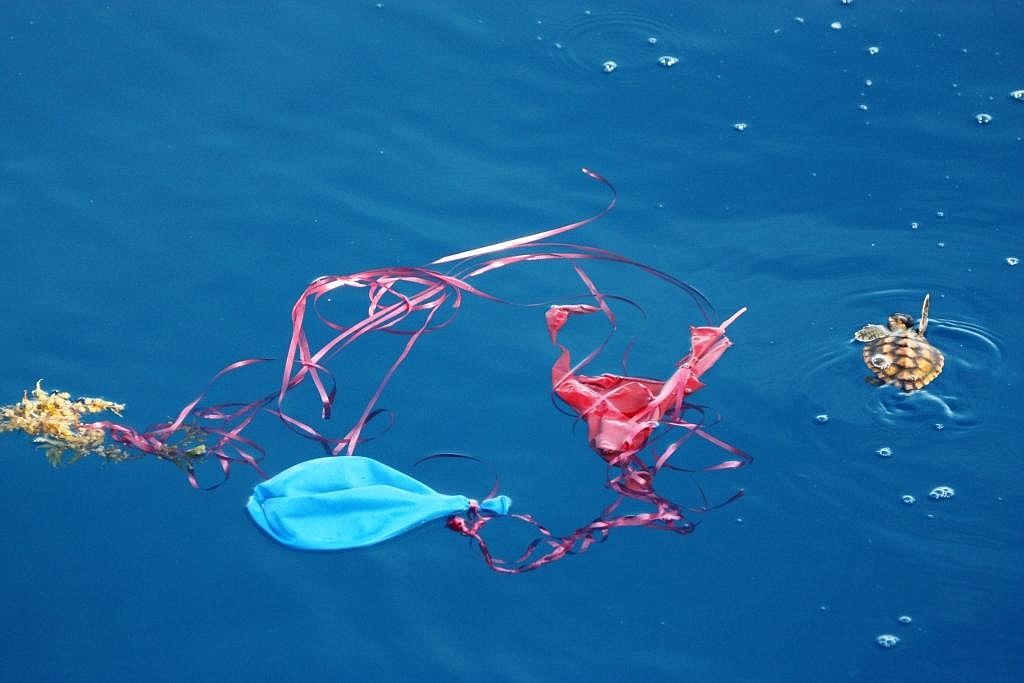- February 24, 2025

With sea turtle nesting season well underway, the Volusia/Flagler Turtle Patrol spends every morning patrolling the beach for signs of new nests. But instead of being able to focus fully on turtle tracks, patrollers in the Flagler North and South territories, which span from Beverly Beach to Washington Oaks, have spent time cleaning up an alarming number of balloons on the beach.
“I just cringe when I see balloons,” said Lori Ottlein, a longtime member of the patrol. “The cool thing is, we’ve had a lot of leatherback nests already this year. The bad thing is, all leatherbacks eat is jellyfish.”
Deflated balloons floating in the water or laying on the sand are easily mistaken for jellyfish by leatherback sea turtles. Even the smallest amounts of plastic ingested by sea turtles can cause big problems to their digestion.
Melissa Ranly, manager of the sea turtle hospital at the Marine Science Center in Ponce Inlet, said the balloons and plastic bags also get stuck in seaweed or other places where turtles find their food, causing them to ingest them accidentally. Balloons obstructs their digestive tracts and create blockages, which cause the turtles not to eat because they can’t digest properly. In severe cases, they can also cause tears in the turtles’ intestines.
“It’s a real concern,” Ranly said. “I don’t think people realize how often (balloons) affect wildlife. Unfortunately, there’s a lot of times that we don’t know, and a lot of animals die and wash up on the beach.”
But the turtles are not the only wildlife affected by rogue balloons. Other marine animals can mistake shriveled balloons for food, and birds and other animals can get tangled in the strings attached to the balloons, according to the Florida Fish and Wildlife Conservation Commission.
Because of this, Florida statute 379.233 went into effect in 1990 making it illegal to release more than nine balloons inflated with a gas that is lighter than air within a 24-hour period. But many Florida residents are not aware of the law, and use balloon releases as symbolic gestures. But the helium-filled balloons don’t just drift off into oblivion; most eventually end up falling into the Atlantic or another body of water.
“It’s so hard to make people understand,” Ottlein said.
But the balloons being picked up by the turtle patrol are not from organized balloon releases. Many of them have faint “happy birthday” or “mom” markings visible on the no-longer-shiny foil backdrop.
According to balloonsblow.org, an awareness website, beach litter surveys have shown that the number of balloons and balloon pieces found on the beach has tripled in the past 10 years.
In Flagler Beach, there have been far fewer balloons picked up by patrols than in the Flagler North and South region.
“In Flagler Beach, people walk the beach and pick it up — it’s deceiving because a lot of times, the beach has already been cleaned,” Ottlein said. “But North and South is do desolate, it’s such a wide area. They don’t have the concerned citizens like Flagler Beach.”
Just a month into nesting season, the Flagler North and South territory has about 45 nests and Flagler Beach has about 16. Sea turtle nesting season continues through Sept. 30.